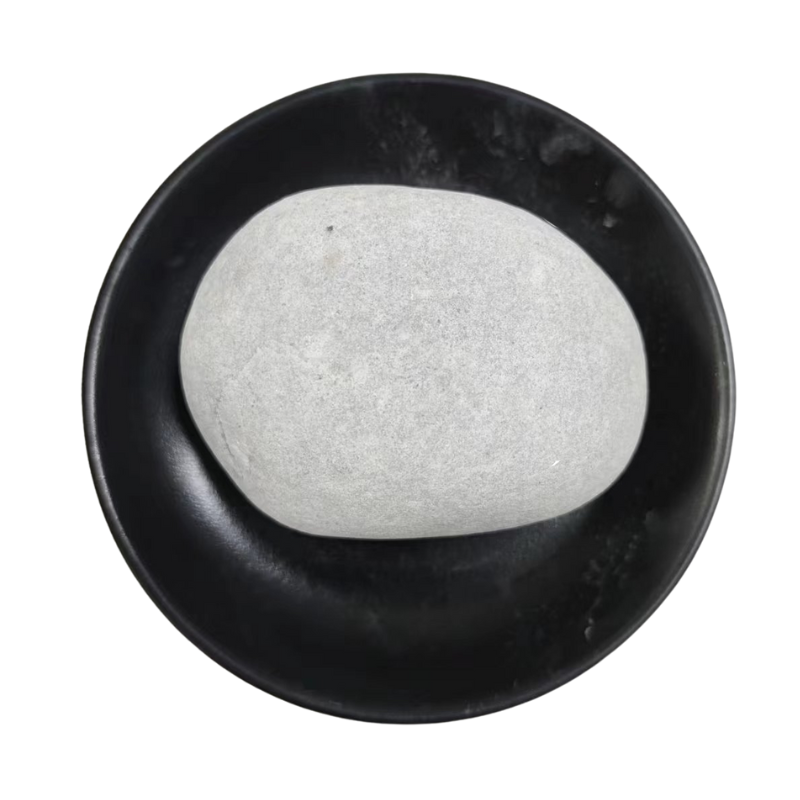
Exploring the Properties and Applications of Rutile Titanium Oxide in Modern Technology
The Significance of Rutile Titanium Oxide in Modern Industry
Rutile titanium oxide, commonly referred to as titanium dioxide (TiO2) in its rutile form, is a versatile and widely used compound in various industries due to its unique properties. It is one of the three main mineral forms of titanium dioxide, the others being anatase and brookite. Rutile is the most stable and thermodynamically favorable phase of titanium dioxide and is characterized by its high refractive index, excellent chemical stability, and remarkable opacity. These properties make it an essential ingredient in a multitude of applications, from pigments to advanced materials.
Pigmentation and Coating Applications
One of the most prominent uses of rutile titanium oxide is as a pigment in paints, coatings, and plastics. Its excellent whitening properties make it an ideal choice for creating vibrant colors and enhancing opacity. Rutile pigments are preferred over their anatase counterparts because of their superior weather resistance and UV stability. This makes them particularly valuable in exterior coatings where they can withstand the elements without degrading or discoloring. As a result, industries ranging from construction to automotive rely on rutile titanium dioxide to create durable and appealing finishes.
The Role in Cosmetics
Beyond industrial applications, rutile titanium oxide finds its way into the cosmetics industry
. It is often used in sunscreens and other skincare products due to its ability to scatter UV radiation, effectively protecting the skin from harmful sun exposure. Furthermore, its non-toxic nature lends itself to safe usage in personal care products, making it a popular choice among consumers concerned about ingredient safety. The cosmetic properties, including its ability to provide a smooth texture and enhance the appearance of skin, further contribute to its widespread adoption.rutile titanium oxide

Electronics and Photovoltaics
The benefits of rutile titanium oxide extend into the realm of electronics, particularly in the production of capacitors and semiconductors. Its dielectric properties make it a valuable material for enhancing the performance of electronic components. Moreover, research and development in photovoltaics have identified rutile titanium dioxide as a promising candidate for improving the efficiency of solar cells. By employing rutile TiO2 as a photoactive layer, scientists aim to harness more sunlight, potentially paving the way for more sustainable energy solutions in the future.
Environmental Considerations
While rutile titanium oxide is widely considered safe, its mining and production come with environmental considerations. The extraction processes can lead to habitat destruction and pollution if not managed responsibly. Therefore, advancements in sustainable mining practices and the development of recycling methods for titanium dioxide waste are crucial for minimizing the ecological footprint associated with this mineral. The growing demand for eco-friendly alternatives emphasizes the need for industries to adopt greener practices, ensuring that the benefits of rutile titanium oxide do not come at the expense of environmental wellbeing.
Conclusion
In summary, rutile titanium oxide is an indispensable material that underpins numerous applications across diverse sectors. Its excellent pigmentation properties, safety in cosmetics, effectiveness in electronics, and potential in renewable energy make it stand out among other materials. However, as industries continue to leverage its advantages, a concerted effort towards sustainable practices will be essential in balancing demand with environmental stewardship. With ongoing research and innovation, the future of rutile titanium oxide is not only promising but also pivotal in fostering a safer and more sustainable world.
Share
-
Fly Ash Solutions Enhanced by GPT-4 Turbo | Sustainable InnovationNewsAug.01,2025
-
Natural Premium Bentonite Cat Litter - Superior ClumpingNewsJul.31,2025
-
Premium Resin Coated Sand - High Heat Resistance CastingNewsJul.31,2025
-
High Quality Silicon Carbide Grit for Abrasive ApplicationsNewsJul.30,2025
-
High-Quality Ceramsite for Plants & Gardening | Lightweight PebblesNewsJul.29,2025
-
Premium Burgundy Glass Marbles for Vases & Shooter GamesNewsJul.29,2025






